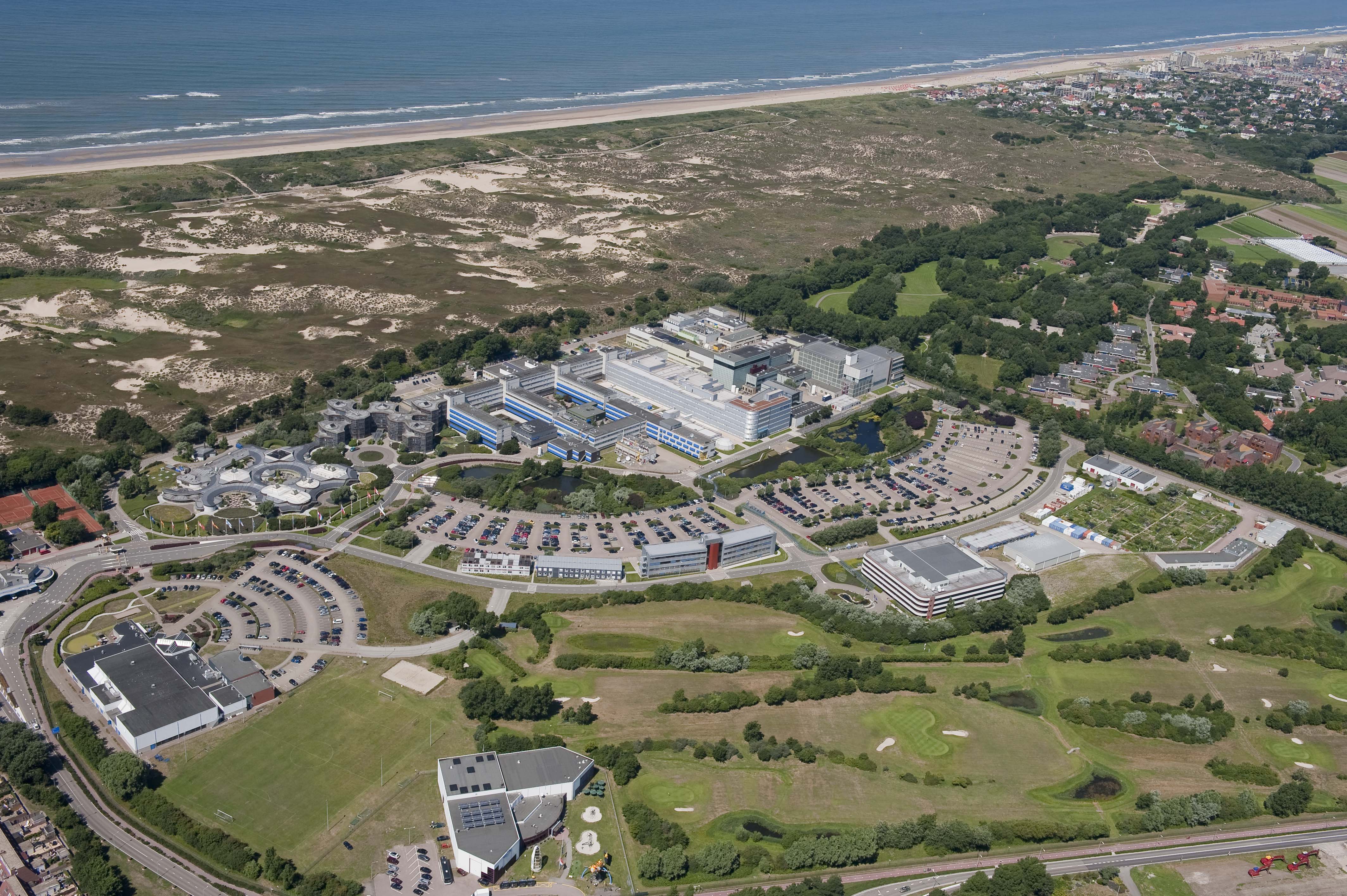SERESSA International School 12-16 Nov. 2018
Newton 1-2
ESA/ESTEC
14th international School on the Effects of Radiation on Embedded Systems for Space Applications

This five-day school SERESSA combines academic, government, and industrial communities working in the area of radiation effects on embedded systems. Radiation effects are a significant concern for space and avionics systems, as well as for critical applications operating at ground level such as automotive, medical or even banking.
During these five days, lecturers with significant experience in key selected subjects will provide a complete state-of-the-art instruction in this strategic field. The school is based on lectures, exercises, and practical courses involving real case studies using the common tools of the domain.
The topics addressed cover the full spectrum of radiation effects on space-embedded systems: space environment, error mechanisms, testing, hardening by design, rate prediction. The intended audience includes both beginning and experienced researchers, engineers, and post-graduate students wishing to enhance their knowledge base in this rapidly evolving field.
Topics
Topics covered by SERESSA include:
- radiation environment
- spacecraft anomalies
- single-event effects (SEE)
- total dose effects (TID)
- radiation effects in power systems
- radiation effects in solar cells
- architecture hardening in analog and digital circuits and in memories
- software hardening
- effects in FPGAs
- hardness assurance
- rate prediction
- radiation testing
- laser testing
- remote testing experiments
